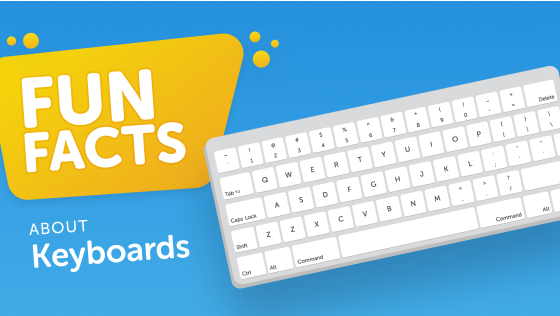
Table of Contents
Introduction
The QWERTY keyboard layout is one of the most ubiquitous devices in the modern world. From our personal computers to our smartphones, the QWERTY layout has become the standard for typing. But how did this particular arrangement of keys come to dominate the keyboard landscape? Let’s delve into the history of the QWERTY keyboard and explore its enduring legacy.
The Origins of QWERTY
The QWERTY keyboard layout was popularized by the Sholes typewriter, invented in 1867 by Christopher Latham Sholes, James Densmore, and Carlos Glidden. The arrangement of letters was designed to prevent the typebars from jamming, a common problem with early typewriters. By placing frequently used letter combinations far apart, the inventors hoped to slow down typists and reduce jamming.
The Enduring Popularity of QWERTY
Despite its origins in a mechanical device designed to prevent jamming, the QWERTY layout has persisted well into the digital age. Several factors have contributed to its enduring popularity:
- Familiarity: People are used to the QWERTY layout, and changing to a new layout can be a significant learning curve.
- Legacy Systems: Many existing computer systems and software are designed around the QWERTY layout, making it difficult to switch to a different arrangement.
- Keyboard Shortcuts: Numerous keyboard shortcuts and functions are based on the QWERTY layout, making it difficult to abandon without losing functionality.
Criticisms of the QWERTY Layout
While the QWERTY layout has become the standard, it has not been without its critics. Some argue that the arrangement is inefficient and can lead to repetitive strain injuries (RSIs). Studies have shown that the Dvorak keyboard layout, which places frequently used letters closer together, can improve typing speed and reduce the risk of RSIs.
Ergonomic Considerations
In recent years, there has been a growing emphasis on ergonomics in keyboard design. Ergonomic keyboards are designed to reduce strain on the wrists and forearms. These keyboards often feature a split layout, angled keys, and adjustable wrist rests. While the QWERTY layout can be used with ergonomic keyboards, other layouts like Dvorak or Colemak may be more suitable for those with RSI or who prioritize typing efficiency.
The Future of Keyboard Layouts
As technology continues to evolve, it is possible that we will see a shift away from the QWERTY layout. The rise of touchscreens and voice input has challenged the traditional keyboard, and new keyboard layouts may emerge that are better suited to these technologies. However, the QWERTY layout is likely to remain the dominant standard for the foreseeable future due to its familiarity and widespread use.
FAQs
Why is the QWERTY keyboard layout used?
The QWERTY layout was originally designed to prevent jamming on early typewriters.
Is the QWERTY keyboard layout efficient?
Some studies have shown that the QWERTY layout can be inefficient and can contribute to RSIs.
What are some alternative keyboard layouts?
The Dvorak and Colemak keyboard layouts are popular alternatives to QWERTY.
How can I improve my typing speed on a QWERTY keyboard?
Practice regularly and consider using typing tutorials or software.
Are there ergonomic keyboards designed for the QWERTY layout?
Yes, there are ergonomic keyboards designed to reduce strain on the wrists and forearms, even when using the QWERTY layout.

